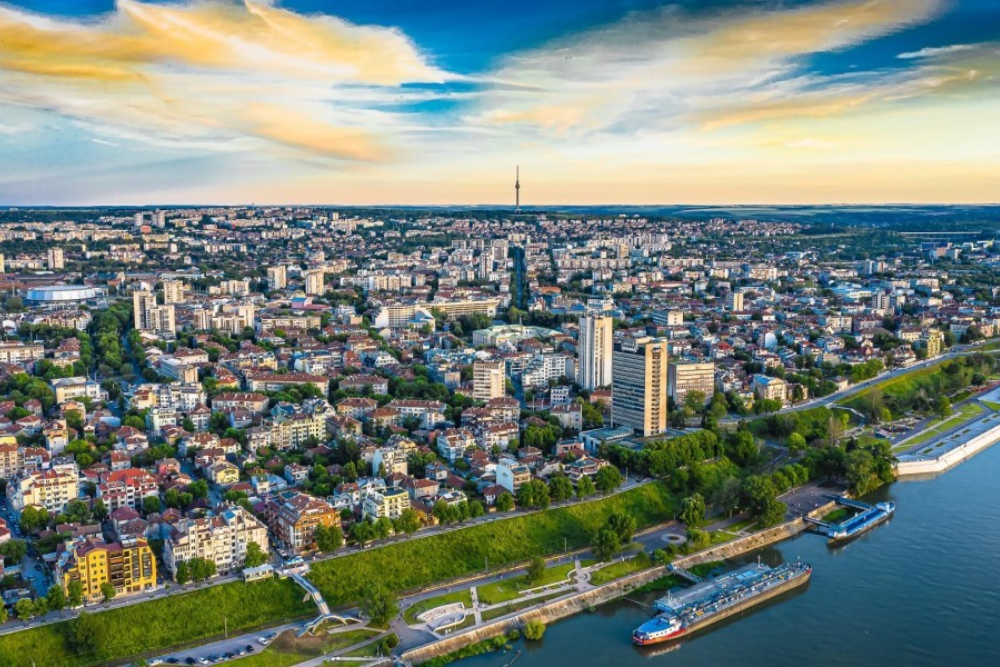Introduction
Ruse, situated on the banks of the Danube Waterway, is a beguiling Bulgarian city known for its rich history, shocking engineering, and dynamic social scene. Frequently alluded to as “Little Vienna” because of its terrific nineteenth and twentieth century structures, Trick offers guests an interesting mix of verifiable milestones and normal excellence. The city flaunts the amazing Danube Waterway Promenade, the UNESCO-recorded Rock-Slashed Houses of worship of Ivanovo, and the Rousse Eco-Gallery.
Ruse’s City Center

- The city center is a wonderful place to begin your exploration of Ruse, with its wide boulevards, beautifully preserved 19th and 20th-century architecture, and vibrant atmosphere. Key highlights include. The heart of the city, surrounded by elegant buildings, cafes, and sculptures.
The Danube River Promenade
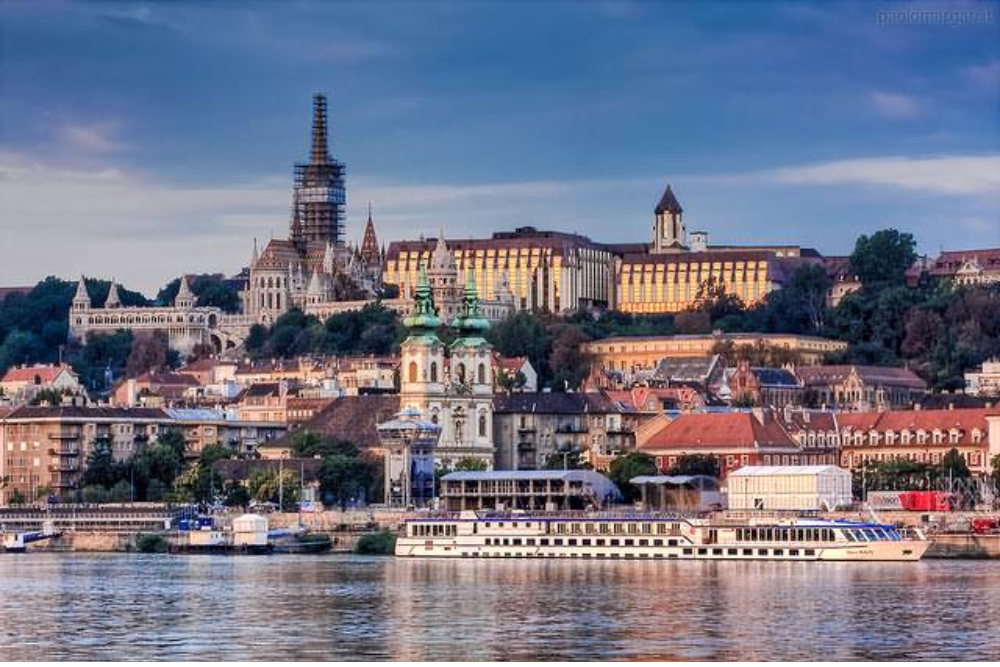
- One of Ruse’s most picturesque spots is the Danube River Promenade, where you can take in stunning views of the river and the surrounding landscapes. The promenade features. This is an iconic statue that commemorates the liberation of Bulgaria from Ottoman rule. It offers a panoramic view of the river and neighboring Romania. Enjoy a relaxing boat ride along the Danube River, taking in the beauty of the surrounding nature and the historical significance of the river.
The Rock-Hewn Churches of Ivanovo
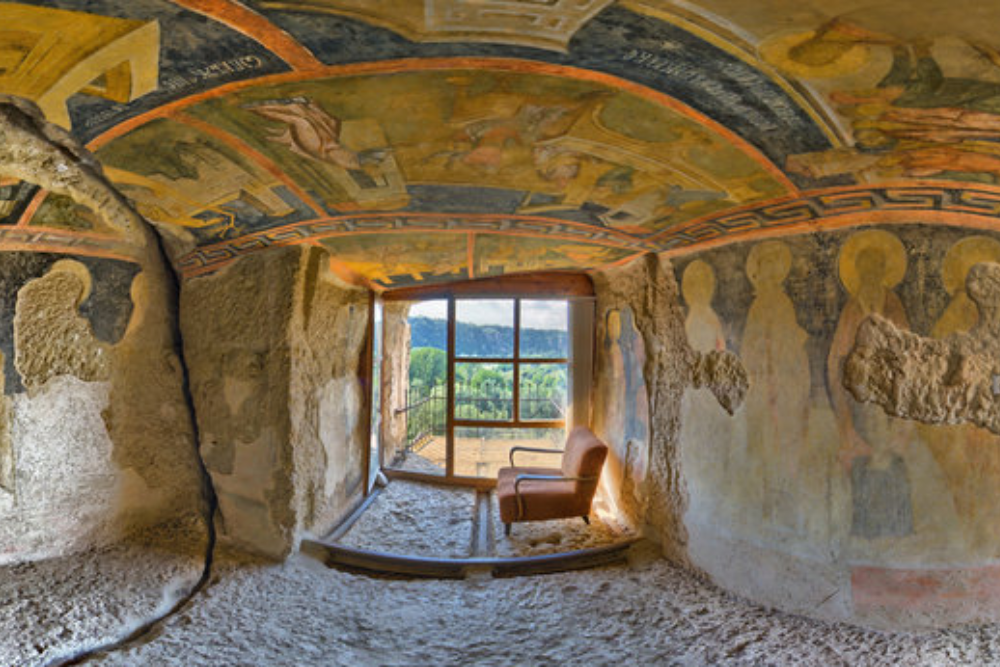
- Just outside Ruse, the Rock-Hewn Churches of Ivanovo are a UNESCO World Heritage site, known for their intricate frescoes and unique rock-cut architecture. These churches date back to the 12th century and offer a fascinating insight into the medieval religious life of the region. Key features include. A complex of cave churches, chapels, and cells carved into the rocks of the Rusenski Lom Gorge.
The Rousse Eco-Museum and Aquarium

- A great family-friendly attraction, the Eco-Museum and Aquarium focuses on the natural history of the Danube region, showcasing various species found in the river, local wildlife, and ecosystems. The museum offers:
Baba Tonka Memorial House
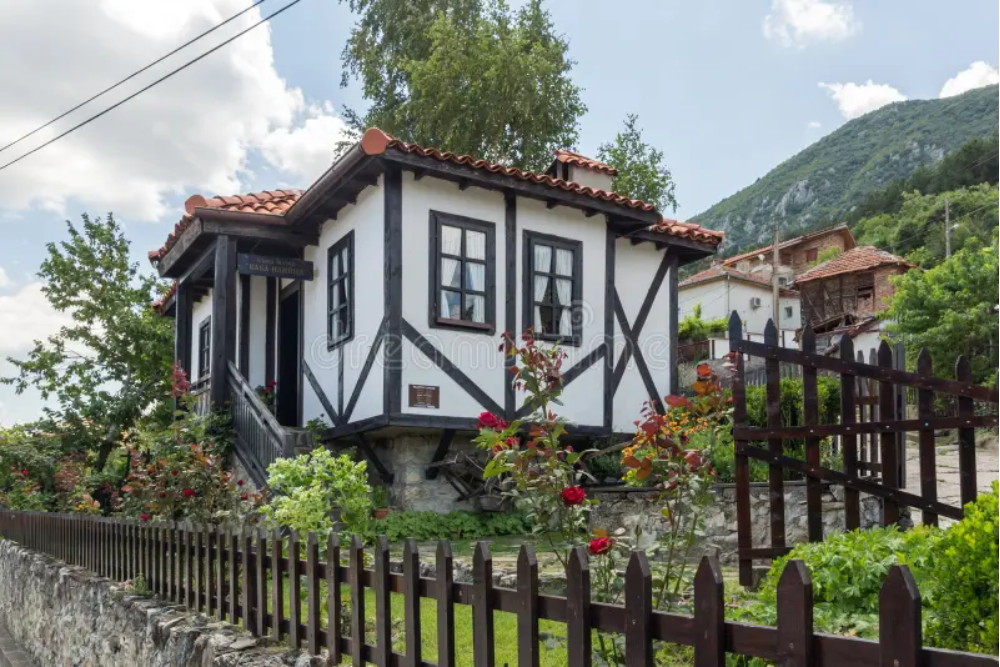
- The Baba Tonka Memorial House is dedicated to the life and legacy of Baba Tonka, a prominent figure in the Bulgarian liberation movement. It is a significant place to learn about Bulgaria’s fight for independence, especially during the 19th century.
The Freedom Monument
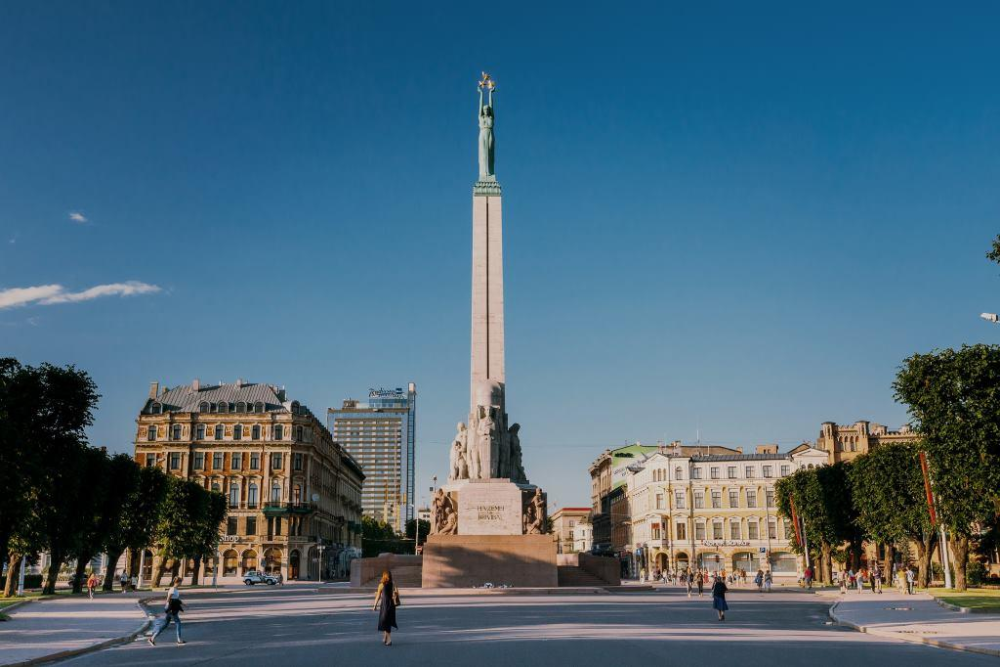
- Located at the entrance to the city, the Freedom Monument is a towering structure dedicated to the liberation of Bulgaria from Ottoman rule. Standing high on a hill overlooking the city, it’s an impressive landmark with great views.
The Clock Tower
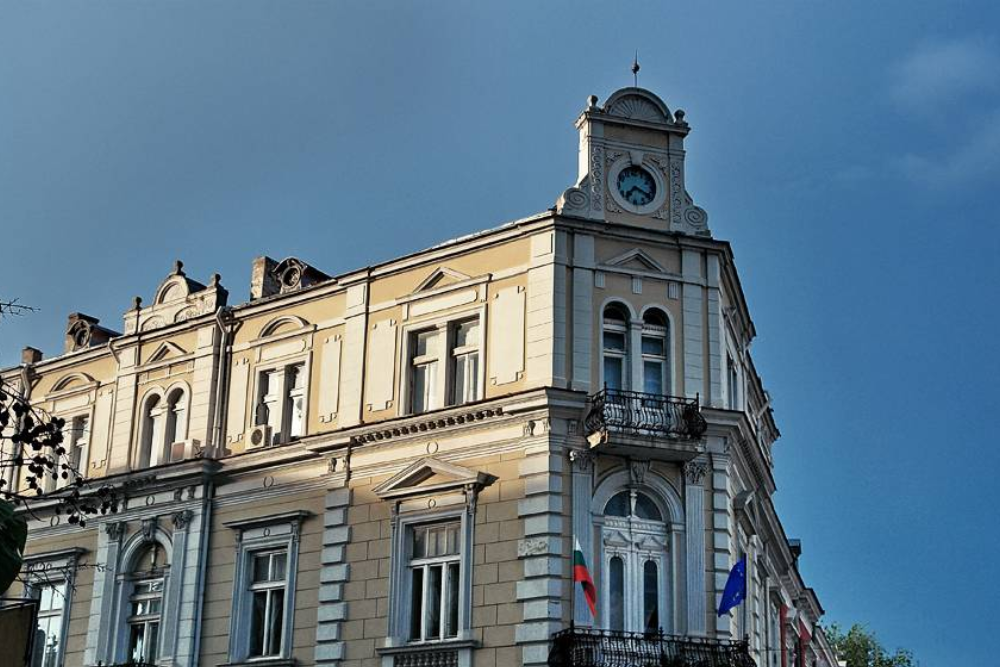
- One of Ruse’s most iconic landmarks, the Clock Tower is located in the city center. It dates back to the 19th century and serves as a reminder of the city’s historical and architectural heritage.
The St. George Church
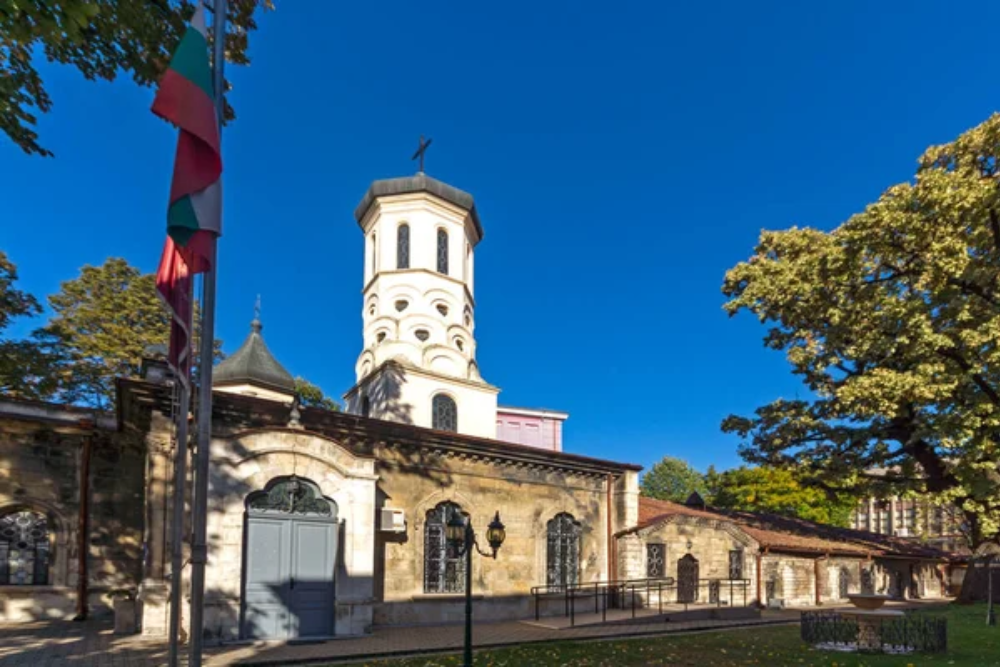
- This Orthodox church is one of Ruse’s oldest and most revered religious sites. It’s known for its beautiful frescoes and intricate architectural design, making it an essential stop for those interested in local culture and history.
Dos and Don’ts in Ruse
When visiting Ruse, it’s important to be mindful of the local customs and traditions to ensure a respectful and enjoyable experience. Here are some Dos and Don’ts to consider during your visit:
Dos
- Do Respect Local Traditions: Bulgarians take great pride in their heritage, so be respectful when visiting churches, monuments, and historical sites.
- Do Try Local Cuisine: Don’t miss out on tasting traditional Bulgarian dishes like banitsa, shopska salad, and kavarma in local restaurants.
- Do Use Polite Greetings: When addressing locals, a simple “Dobar den” (Good day) or “Zdravei” (Hello) is appreciated. Bulgarians value polite greetings.
Don’ts
- Don’t Disrespect Religious Sites: When visiting churches or monasteries, dress modestly, and keep noise levels down. Avoid taking photos in certain areas where it may be prohibited.
- Don’t Discuss Politics: Avoid sensitive topics such as politics or historical conflicts, as these may lead to uncomfortable conversations.
- Don’t Expect English Everywhere: While many people in Ruse speak English, it is not universally understood. Learning a few basic Bulgarian phrases can go a long way.
Best time to reach in Ruse
The best time to visit Ruse depends on the kind of experience you want to have, but generally, spring and autumn are considered the most ideal seasons. Here’s a breakdown of the best times to reach Ruse:
Spring (April to June):
- Spring offers mild temperatures, making it perfect for exploring the city’s outdoor attractions such as the Danube River promenade, Yuzhni Park, and the nearby Rock-Hewn Churches of Ivanovo.
- The city comes to life with blooming flowers and a festive atmosphere, especially during local events and festivals.
Summer (July to August):
- While summer is hot, it’s still a great time to visit for those who enjoy warm weather. You can enjoy boat cruises along the Danube River or take part in outdoor activities.
- Summer is also the peak tourist season, meaning more events and a lively ambiance, but it can be crowded at major attractions.
Autumn (September to October):
- Autumn provides cool yet pleasant temperatures, making it an excellent time for sightseeing. The fall foliage around the Danube River adds to the scenic beauty.
- The crowds start to thin out, so you can explore Ruse’s sights more leisurely without the peak summer rush.
Winter (December to February):
- Winters in Ruse can be cold and snowy, but if you don’t mind the chill, it can be a serene time to visit the city, with fewer tourists and a cozy atmosphere.
- The city takes on a festive charm around the New Year and Christmas, with local holiday markets and events.



